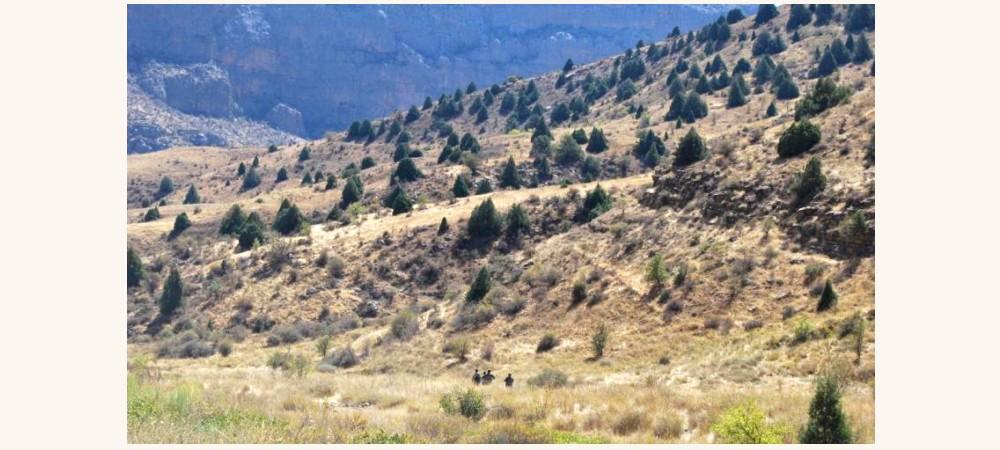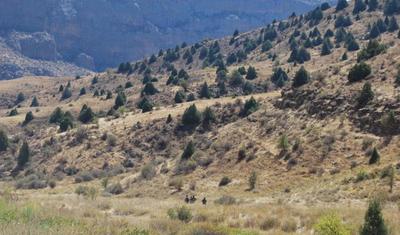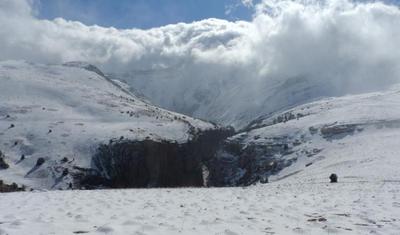
The surface of protected areas in Uzbekistan has increased 36% since its previous update 23 years ago, revealed the July release of the World Database of Protected Areas. This data submission is boosting the progress towards the achievement of Aichi Biodiversity Target 11 set by the Convention on Biological Diversity.
“I congratulate the Government of Uzbekistan for updating its protected areas information in the World Database of Protected Areas (WDPA). I am confident that Uzbekistan’s action will be emulated by other countries to ensure the achievement of Target 11 by December 2020. I express my thanks to IUCN’s Regional Office for Eastern Europe and Central Asia (ECARO) for facilitating the process and to the Government of Japan for supporting it through the Japan Biodiversity Fund,” said Elizabeth Mrema, Executive Secretary of the Convention on Biological Diversity. “While the world is reeling under the menace of COVID-19, such positive actions strengthen hope and make a strong case for investing in nature,” Ms Mrema concluded.
The new dataset features recent designations, maps and information on management and governance of protected areas. “We have made significant improvements of the national protected areas system achieving several milestones, such as the establishment of the first State Lower Amudarya Biosphere Reserve in 2011 or the designation of Ugam-Chatkal State Biosphere Reserve in 2018," noted Khalilulla Sherimbetov, Head of the Protected Areas department at the State Committee for Ecology and Environment Protection of Uzbekistan. "Finally, newly created Saigachi Protected Area that covers 628 thousand ha supports migratory routes of the endangered Saiga Antelope in the Ustyurt Plateau.”
The Government of Uzbekistan has committed to increase the total protected areas coverage to 12% of its territory by 2028, as outlined in the recently adopted National Biodiversity Strategy and Action Plan and the “Biodiversity conservation strategy for 2019-2028”.
“We wish to congratulate our partners in Uzbekistan for joining the Global Partnership on Aichi Target 11 in Eastern Europe and Central Asia and making such major progress towards meeting Aichi Target 11. IUCN is proud to have been able to contribute to this milestone achievement, and remains strongly committed to supporting Uzbekistan and other countries in the region to step up with their conservation efforts,” confirms Boris Erg, Director of the IUCN Regional Office for Eastern Europe and Central Asia.
This update of WDPA is one of the priority actions identified by the regional hub of the Global Partnership on Aichi Target 11 in Eastern Europe and Central Asia, aimed at strengthening national protected areas systems, as well as the cross-border cooperation. "Enhancing cooperation in protected areas among Central Asian states is crucial in terms of enhancing the effectiveness of transboundary protected areas and strengthening our activities for the conservation of globally significant biodiversity sites at the regional level. This will produce coordinated and cooperative outputs on conserving transboundary areas and migratory wildlife," stressed Jakhongir Talipov, Head of International Cooperation and Projects Department at the State Committee for Ecology and Environment Protection of Uzbekistan.
Source: https://www.iucn.org/news/eastern-europe-and-central-asia....
Information Service of the State committee
of the Republic of Uzbekistan on ecology
and environmental protection













